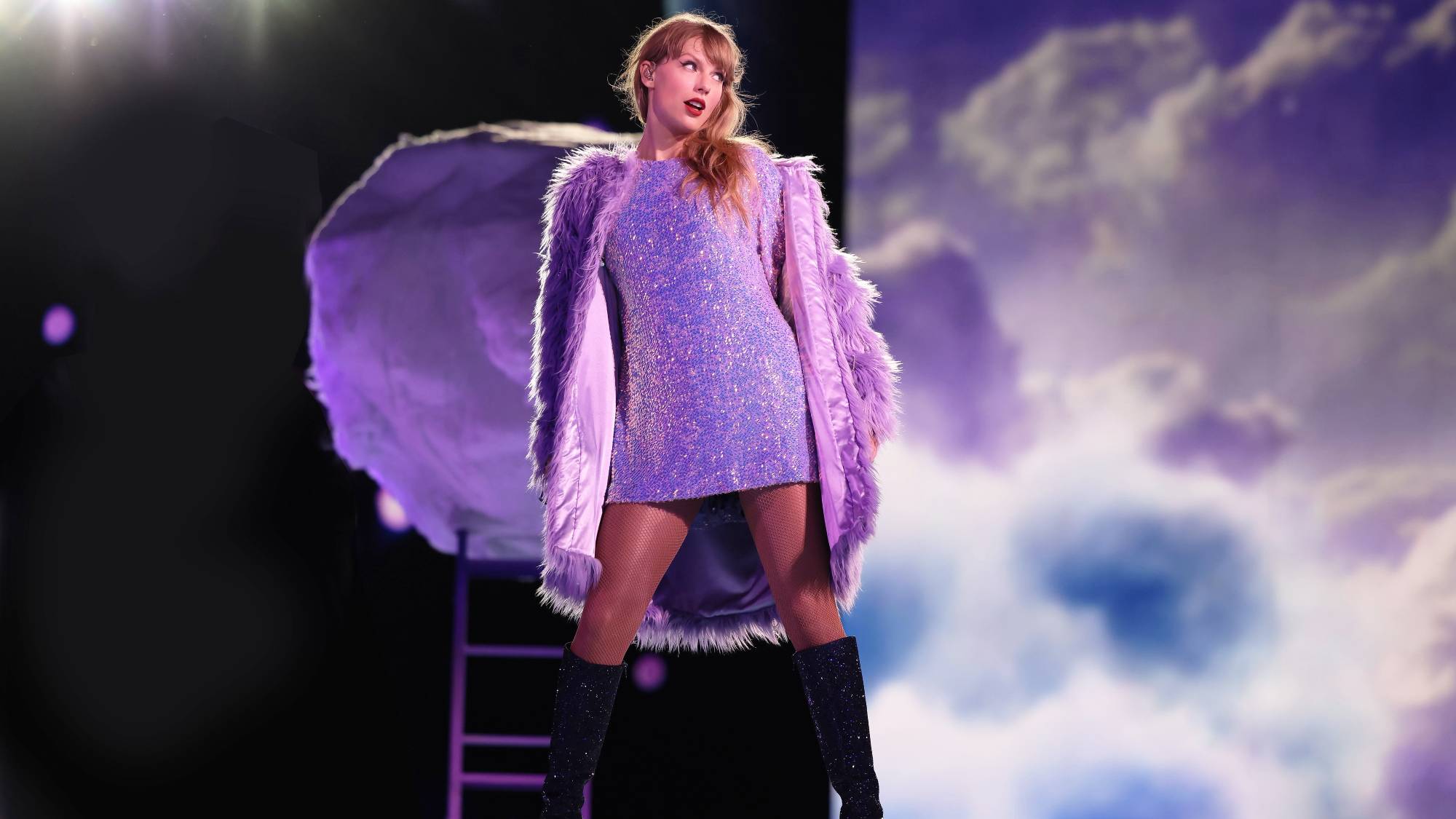Best iPhones in 2025: Which iPhone should you buy?
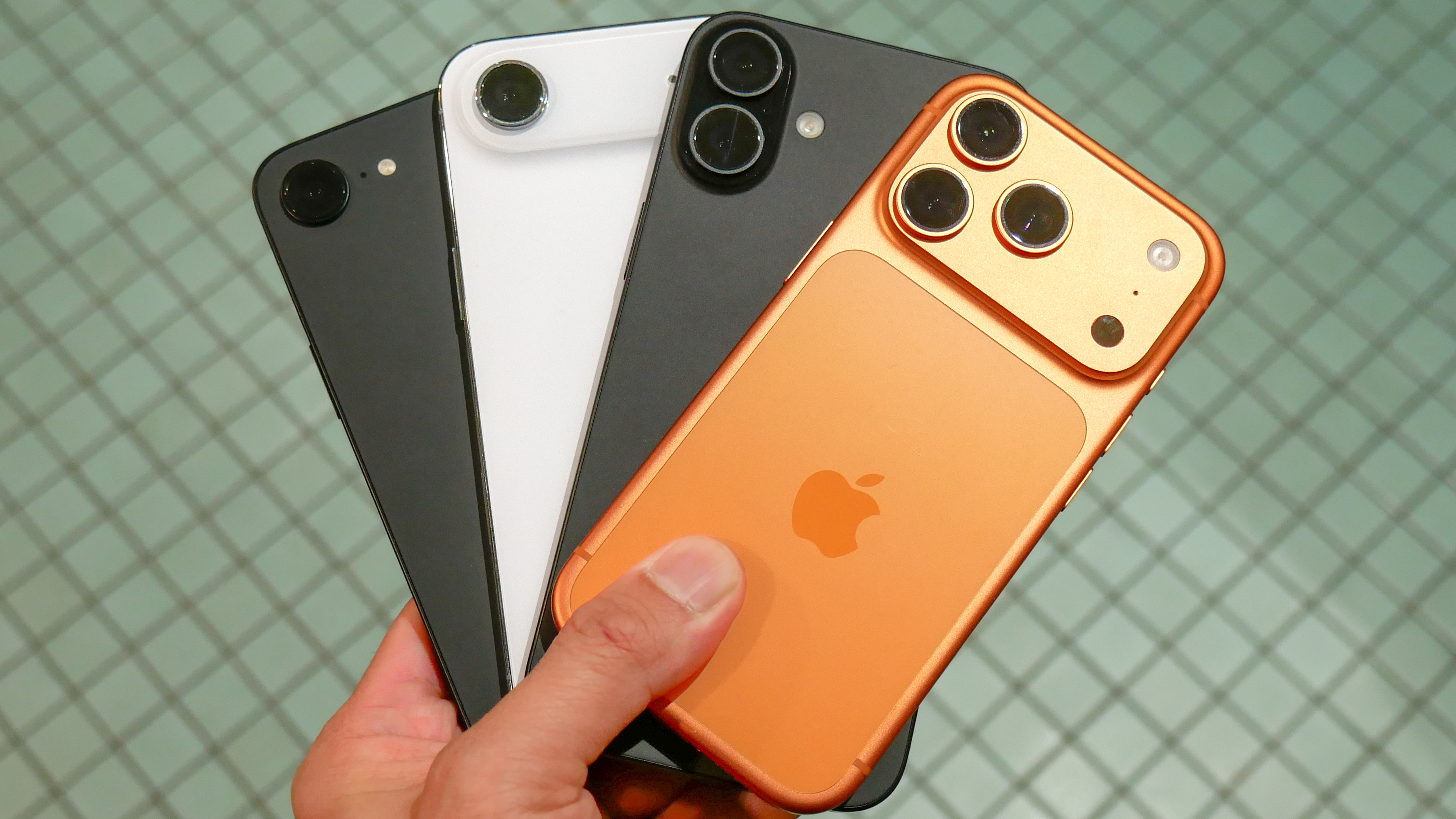
Now that Apple's latest iPhones are all up for sale, there's clearly change going on with our best iPhones list. Out of the bunch, the iPhone 17 Pro Max remains out top choice for all the obvious reasons.
The most top-of-the-line phone in Apple's new lineup benefits from a new makeover, faster charging and an improved processor that helps the iPhone 17 Pro Max post the best time ever for an iPhone on our battery test. If you're a fan of Apple's phones, this is the one you'll want in your hand.
But that's not to knock the other iPhone 17 devices, which I think is the strongest Apple has ever offered. (And since I was there when the first iPhone debuted in 2007, I have plenty of experience to draw on.) This year's lineup is one of the most diverse I've seen to date, with the entry-level iPhone 17 getting a staggering number of upgrades at the same price as before. Meanwhile, the iPhone 17 Pro delivers the Pro Max's features in a more compact form. And I can't forget to mention the remarkably thin iPhone Air.
We've updated our best iPhone guide to reflect all of the new devices that went on sale from Apple this past fall, plus the holdover iPhone 16 models that offer you a less expensive entry into the iPhone experience.
The quick list

The iPhone 17 Pro Max is the best iPhone you can buy, especially with a new design that lets Apple fit in a bigger battery. The result is the longest-lasting iPhone ever that's also a champ when it comes to sustained performance and bright, colorful photos.

Apple didn't skimp on upgrades with the iPhone 17, with two big changes — a ProMotion display and 256GB of storage in the base model — standing out from the improved chipset and ultrawide camera. Yet, even with all these changes, the starting price remains the same.

The iPhone 17 Pro is still the cheaper Pro model, though not by as much as before. (At least, the new $1,099 starting price gets you 256GB of storage.) Essentially, this model has all the power of the Pro Max, but in a more compact size.
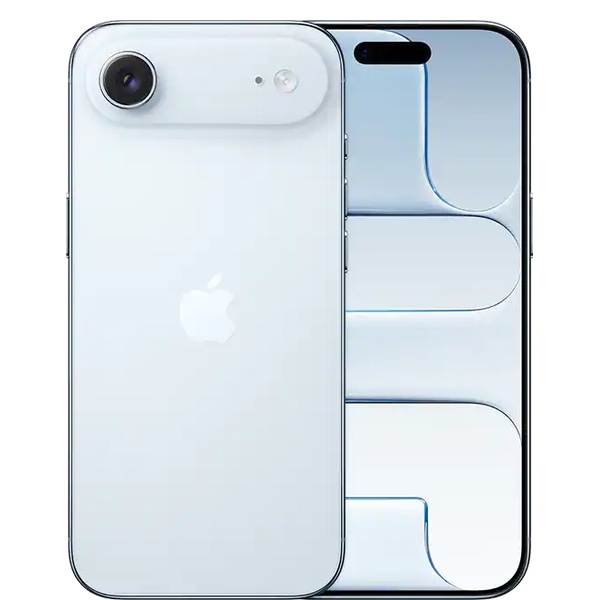
Apple managed to make an iPhone that's only 5.64mm thin, but it had to make some compromises to get a phone that slender. Still, we're impressed by the durability and the performance of this sleek new model, which sets the stage for future iPhone designs.
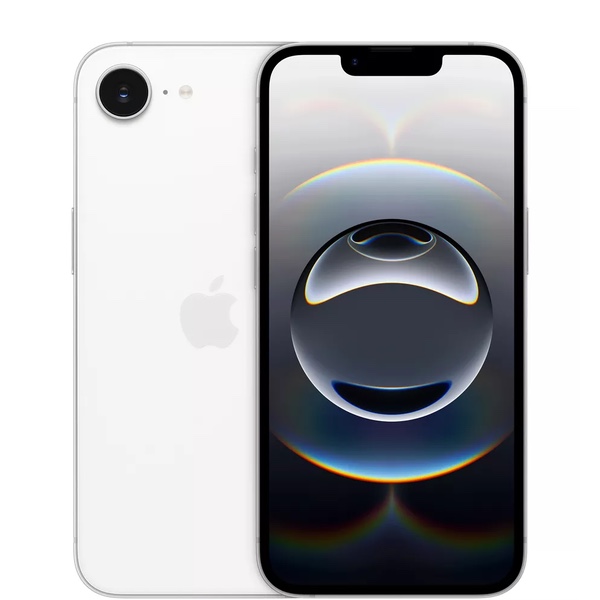
Apple’s follow-up to the iPhone SE raises the price of Apple’s cheapest iPhone, but its A18 chipset means you can run the same Apple Intelligence features as other current iPhones. And the design is finally more modern looking.

The iPhone 16 isn't the new kid on the block any more, but its price has dropped by $100. If the iPhone 17 models don't strike your fancy, this is a good alternative that offers a better camera setup than the iPhone 16e.
Load additional products...

Like the iPhone 16, the iPhone 16 Plus is still around at a lower price. It's got a bigger display than the iPhone Air and costs $400 less than the iPhone 17 Pro Max. If you don't need a dedicated telephoto lens, this holdover is a decent alternative.
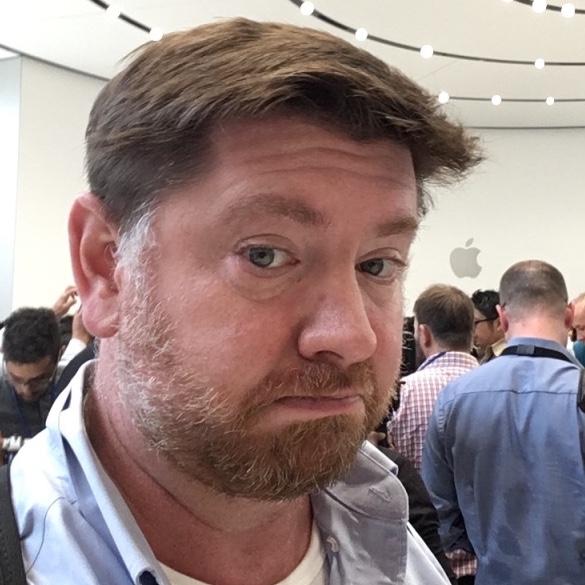
My name is Philip Michaels, and I'll be your guide into Apple's latest iPhones. I've been covering technology for a quarter-century now, and I was at the first iPhone launch back in 2007. Since then, I've handled every model that Apple's produced, so I can tell you all about the changes that have accumulated over the years. In addition to the iPhone hardware, I've also reviewed Apple's various iOS updates going back a decade, so I can discuss those software features, too.
The best iPhone overall
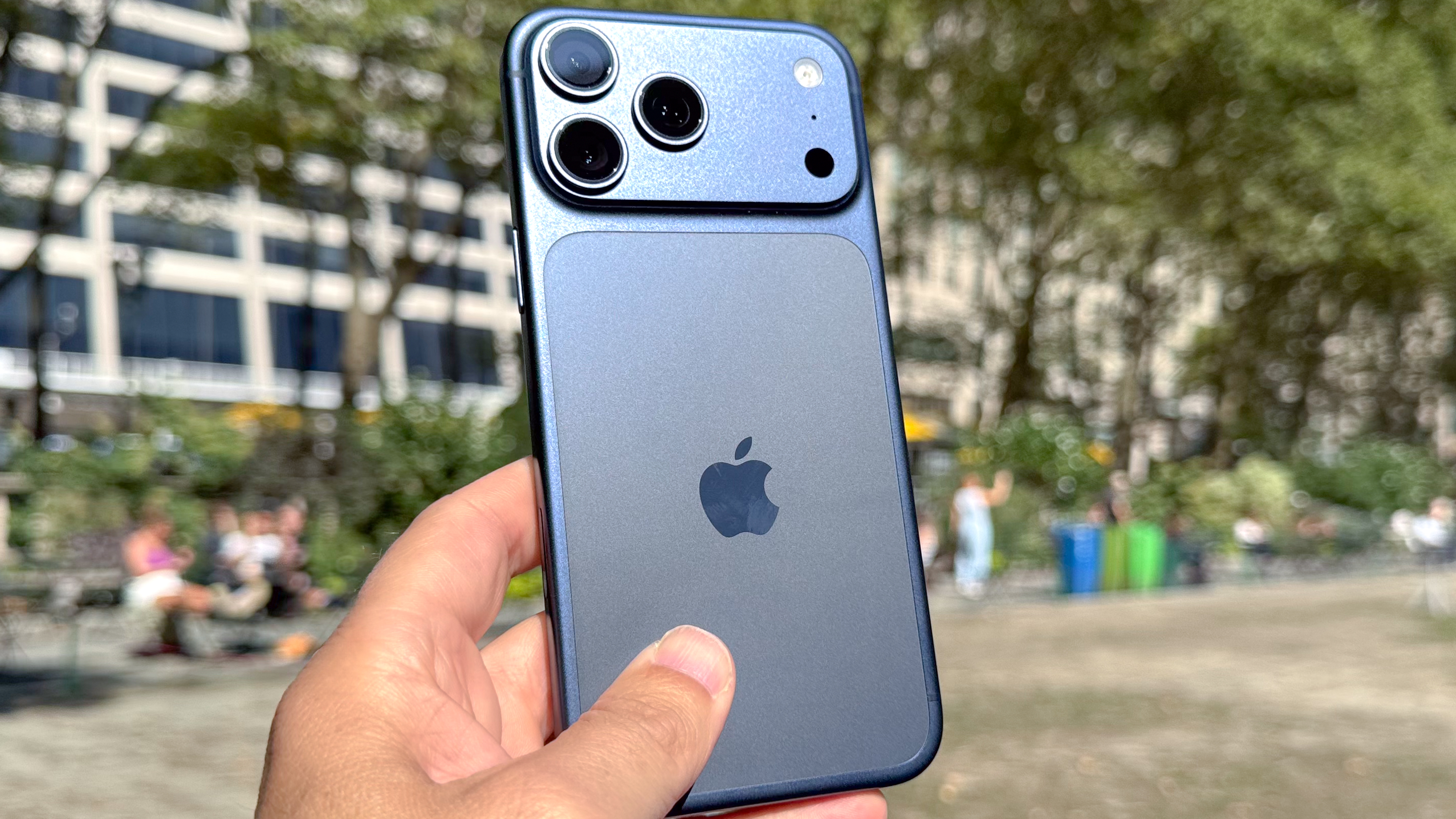

Specifications
Reasons to buy
Reasons to avoid
Who should get the iPhone 17 Pro Max: Anyone who wants the best features Apple has to offer in its phone, with the biggest screen and best battery life
What we think about the iPhone 17 Pro Max: The Pro Max continues to be be the jewel in Apple's iPhone lineup, containing all the top features and setting the standard for other Apple phones to follow. The iPhone 17 Pro Max continues that tradition, receiving several notable improvements that make it one of the best phones you can buy.
Not everyone will care for the iPhone 17 Pro Max's new look, which features an extended camera array that stretches across the back of the phone. But my colleague Mark Spoonauer argues that it gives the Pro Max a more premium feel. And that design helps support other improvements — many of the phones components have been moved to under that camera plateau, freeing up more space for a battery inside the iPhone 17 Pro Max.
And how that battery, coupled with a more efficient A19 Pro chipset, boosts the iPhone 17 Pro Max's staying power. With a time just shy of 18 hours on our battery test, the iPhone 17 Pro Max is the longest-lasting iPhone we've ever reviewed, topping the iPhone 16 Pro Max's record-setting result by half-an-hour. You're able to charge the iPhone 17 Pro Max faster, too.
In our benchmark tests, the A19 Pro chip powering the iPhone 17 Pro Max either met or beat the standard set by the Snapdragon 8 Elite silicon inside the leading Android phones. That includes graphics testing, an area with Snapdragon had pulled ahead of Apple's silicon. Even better, the iPhone 17 Pro Max features a vapor chamber for the first time — an addition that diverts heat away from key components so the phone doesn't overheat. In our lab testing, the iPhone 17 Pro Max posted better stability scores after multiple runs of a demanding graphics benchmark, making this model an ideal choice for gamers.
As ever, it continues to capture great photos, with more accurate colors in our 200 photo shootout with the iPhone 17 Pro Max vs Galaxy S25 Ultra. We also preferred the sharper, more detailed photos the iPhone takes at night in our iPhone 17 Pro Max vs Pixel 10 Pro XL 200 photo shootout. That said, the upgraded zoom lens on the iPhone 17 Pro Max isn't as good as the one on other high-end phones like the Ultra or Pixel 10 Pro, with iPhone photos becoming less sharp the more you zoom in. (You can see the comparisons in our zoom camera face-off.)
Still, the total volume of changes Apple has made to the Pro Max result in a phone that's worth upgrading to, particularly if your current iPhone is a few years old.
Read our full iPhone 17 Pro Max review
A more affordable iPhone
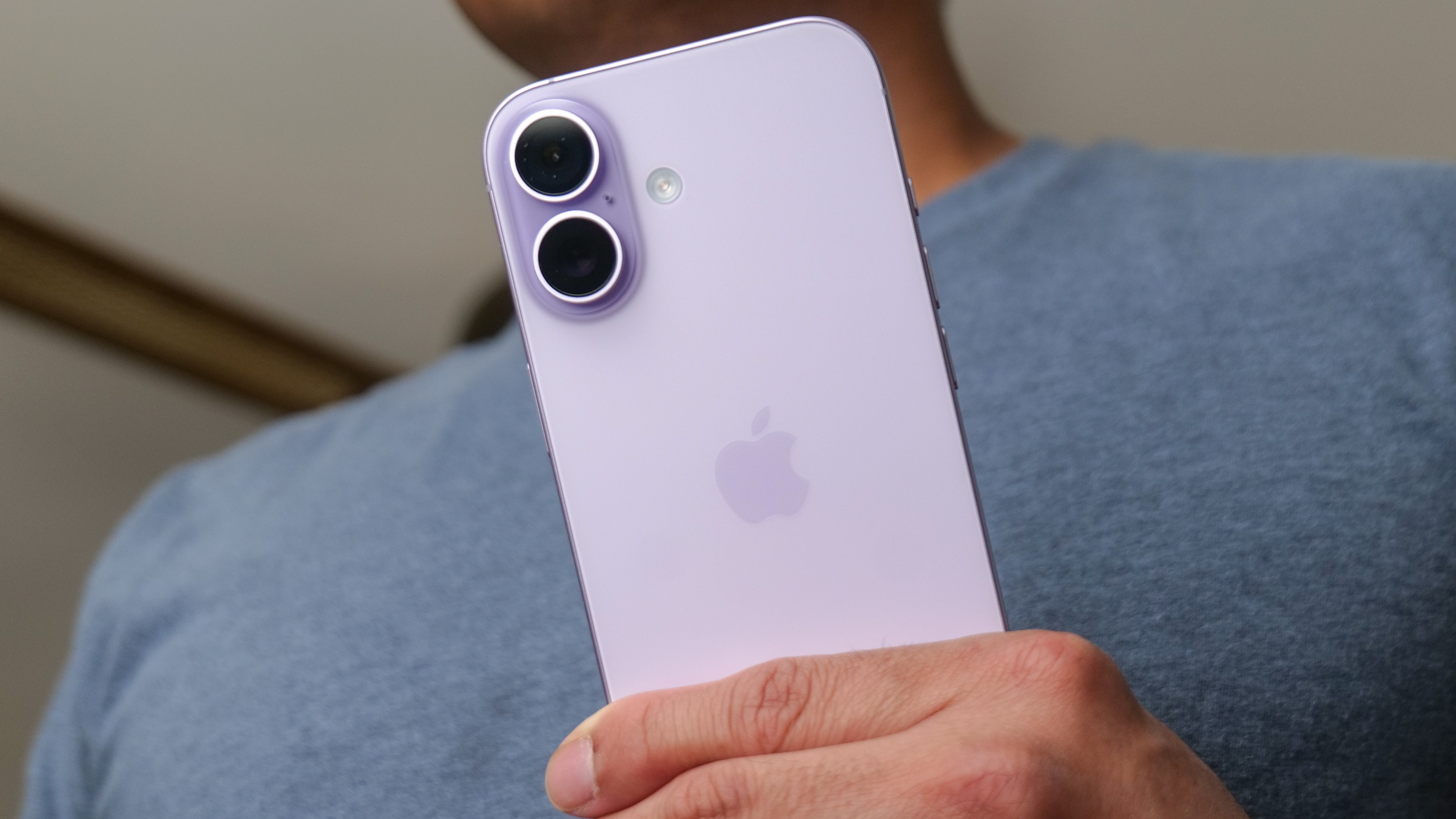
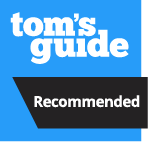
Specifications
Reasons to buy
Reasons to avoid
Who should get the iPhone 17: Anyone who appreciates an affordable flagship that comes packed with features.
What we think about the iPhone 17: Probably the most impressive thing about the iPhone 17 is what didn't change: its starting price. Apple still charges $799 for its base model flagship phone. But there's not much else this new model shares with the iPhone 16.
For starters, you now get 256GB of storage for that $799 starting price, not the 128GB on the iPhone 16. That's more space for storing photos, songs and whatever other files you want to have on hand. You get a bigger screen, too, and Apple has finally brought a fast-refreshing Pro Motion display to this model.
I can't overstate what a big deal that is. Scrolling and gaming look much smoother on the iPhone 17's 6.3-inch screen, making it feel like a more premium device, even as the price remains unchanged. We've knocked Apple for not offering fast-refreshing displays, especially as cheaper phones have supported the feature, so it's good to see an adaptive refresh rate extend across the entire iPhone 17 lineup.
The upgrades continue with a new 48MP ultrawide camera on the back of the iPhone 17 and an 18MP Center Stage camera up front. The former camera produced some detailed shots in our testing, while the latter is smart enough to adjust the orientation of the picture — landscape or portrait — depending on how many people are in the shot. My colleague John Velasco was particularly impressed with how well the iPhone 17 continues to handle low-light photos, too.
But there's one area of disappointment — the iPhone 17 has no dedicated telephoto lens, putting it at a disadvantage against the likes of the Pixel 10 and Galaxy S25. As acceptable as the cropped-in 2x photos captured by the iPhone's main camera look, it doesn't hold up in our iPhone 17 vs Pixel 10 Pro zoom shoot-out.
Still, that's one of the few downsides to a phone that's otherwise packed with updates and upgrades. And with the iPhone 17 not seeing price hike, it's a better value than ever.
Read our full iPhone 17 review.
A more affordable iPhone Pro
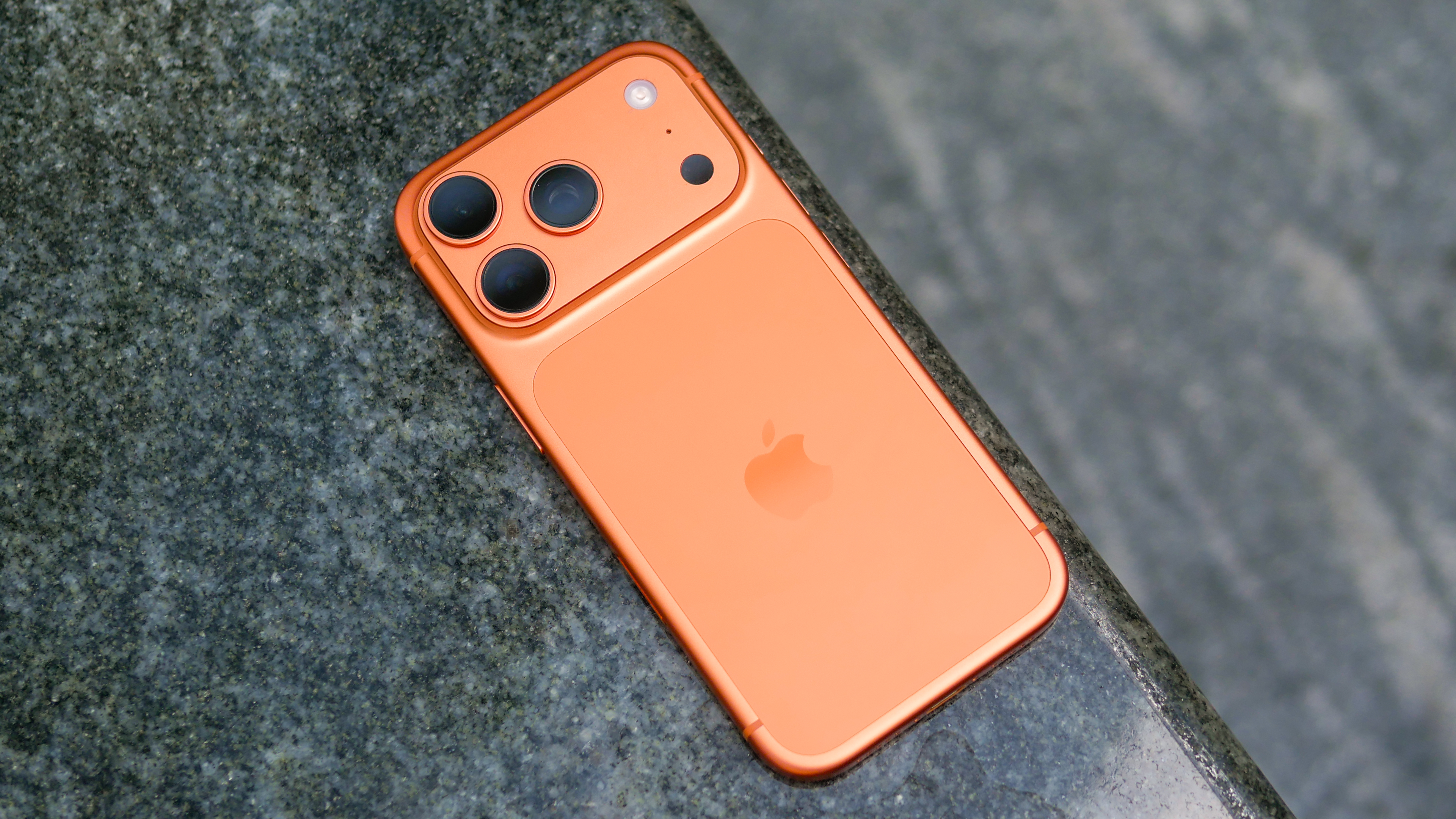
Specifications
Reasons to buy
Reasons to avoid
Who should get the iPhone 17 Pro: You want the premium features of Apple's Pro devices, but you prefer a more compact device than the Pro Max.
What we think about the iPhone 17 Pro: Anything the iPhone 17 Pro Max can do, the iPhone 17 Pro can do, and for less money. Unfortunately, the price gap isn't as large as it used to be.
The iPhone 17 Pro now starts at $1,099, $100 more than what the iPhone 16 Pro cost. But it's only a semi-price hike, as Apple has increased the storage on the base Pro model to 256GB. Nevertheless, with only $100 difference between the Pro and the Pro Max, the real deciding factor is whether you want the larger screen or the more compact device.
If it's the latter, than the iPhone 17 Pro certainly packs a punch with all the upgrades Apple has included. Like the Pro Max, the Pro model now features a 48MP telephoto lens. (And like the Pro Max, the Pro's zooms didn't quite measure up to rival phones' close ups in our testing.) The 6.3-inch panel on the iPhone 17 Pro is brighter, the battery charges faster and the A19 Pro chipset turns in best-in-class performance. There's a vapor chamber on this model, too, helping the iPhone 17 Pro produce better sustained performance without overheating in our testing.
The iPhone 17 Pro also gets the redesigned back panel found on the iPhone 17 Pro Max, and that turns out to be a big bonus for this particular model. It allows Apple to squeeze more battery into the more compact Pro design, resulting in the best battery life we've ever seen from the smaller Pro model. The iPhone 17 Pro lasted more than 15.5 hours on our battery test, making it one of the longer-lasting handsets you can buy.
My colleague John Velasco prefers the iPhone 17 Pro Max over the Pro, given the reduced price difference between Apple's premium models. But he agrees with me that the iPhone 17 Pro is perfect for anyone who wants a compact phone that doesn't compromise on camera performance. He also details the key differences in his iPhone 17 Pro vs iPhone 17 face-off.
Read our full iPhone 17 Pro review.
Best iPhone design
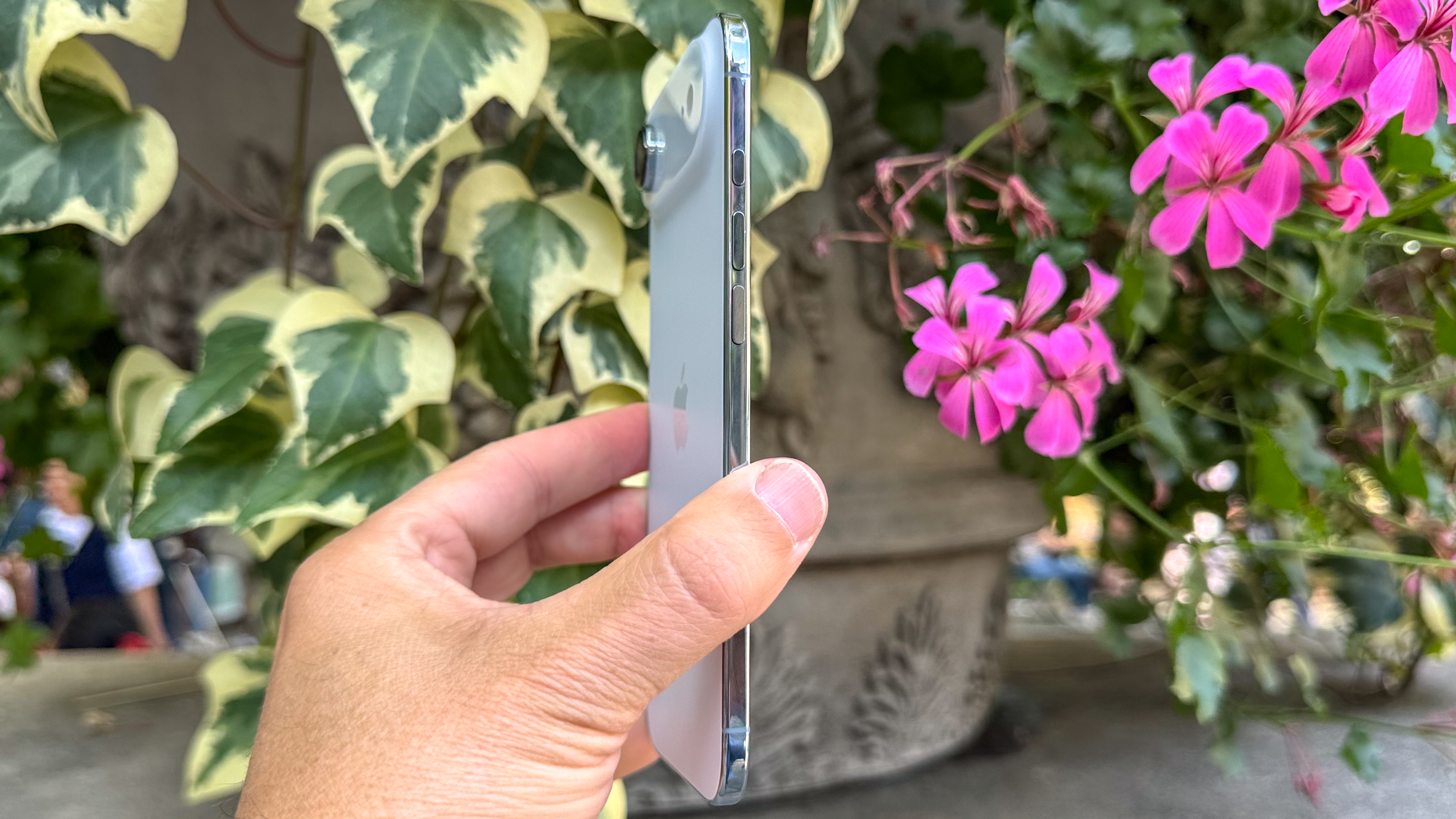
Specifications
Reasons to buy
Reasons to avoid
Who should get the iPhone Air: People who want the thinnest iPhone possible and don't mind giving up some features for a slender device.
What we think about the iPhone Air: Apple set out to make a thin device when it designed the iPhone Air, and boy, has the company delivered. Reviewing the Air, Mark Spoonauer sometimes forgot the device was in his front pocket — it's that unobtrusive.
But don't confuse the ultra-thin, ultra-light iPhone Air for a fragile device. Like the other iPhone 17 models, the Air features a new Ceramic Shield 2 material that's more scratch resistant than before. And when Mark tried bending the phone at Apple's invitation, it more than held its shape. This is a durable device, even if it weighs a mere 5.82 ounces.
The iPhone Air inevitably invites comparisons to Samsung's attempt at an ultrathin phone — the Galaxy S25 Edge. Apple's phone is thinner — 5.64mm to the Edge's 5.8mm profile — and the A19 Pro silicon inside the iPhone Air outperforms the S25 Edge's Snapdragon chipset. But the Edge has two rear cameras to the lone 48MP sensor on the iPhone Air. (Our iPhone Air vs. Galaxy S25 Edge face-off goes into greater detail on how the devices measure up.)
While the camera on the iPhone Air performs well, with colorful shots and detailed low-light images in our tests, it represents one of two big compromises you have to make for the thinner design. There's no ultrawide camera and you have to rely on the Air's main lens for zoom shots. You also miss out on some video formats like Cinematic mode that are standard on the iPhone Pro models.
There's also not as much room in the iPhone Air for a battery, and while the 12-hour time the phone turned in during our testing is above average for a smartphone, it's the shortest time of any of the new iPhone 17 models. You may have to charge up the phone during the day if you opt for the iPhone Air. My colleague Richard Priday goes into further detail about this and much more in his iPhone Air vs iPhone 17 face-off.
The iPhone Air definitely feels like the future, with its design hinting at what future iPhones might look like. You'll certainly be on the cutting edge of design with this model, but you'd be giving up some of the functionality that comes with other iPhones in Apple's lineup.
Read our full iPhone Air review.
Cheapest iPhone with Apple Intelligence
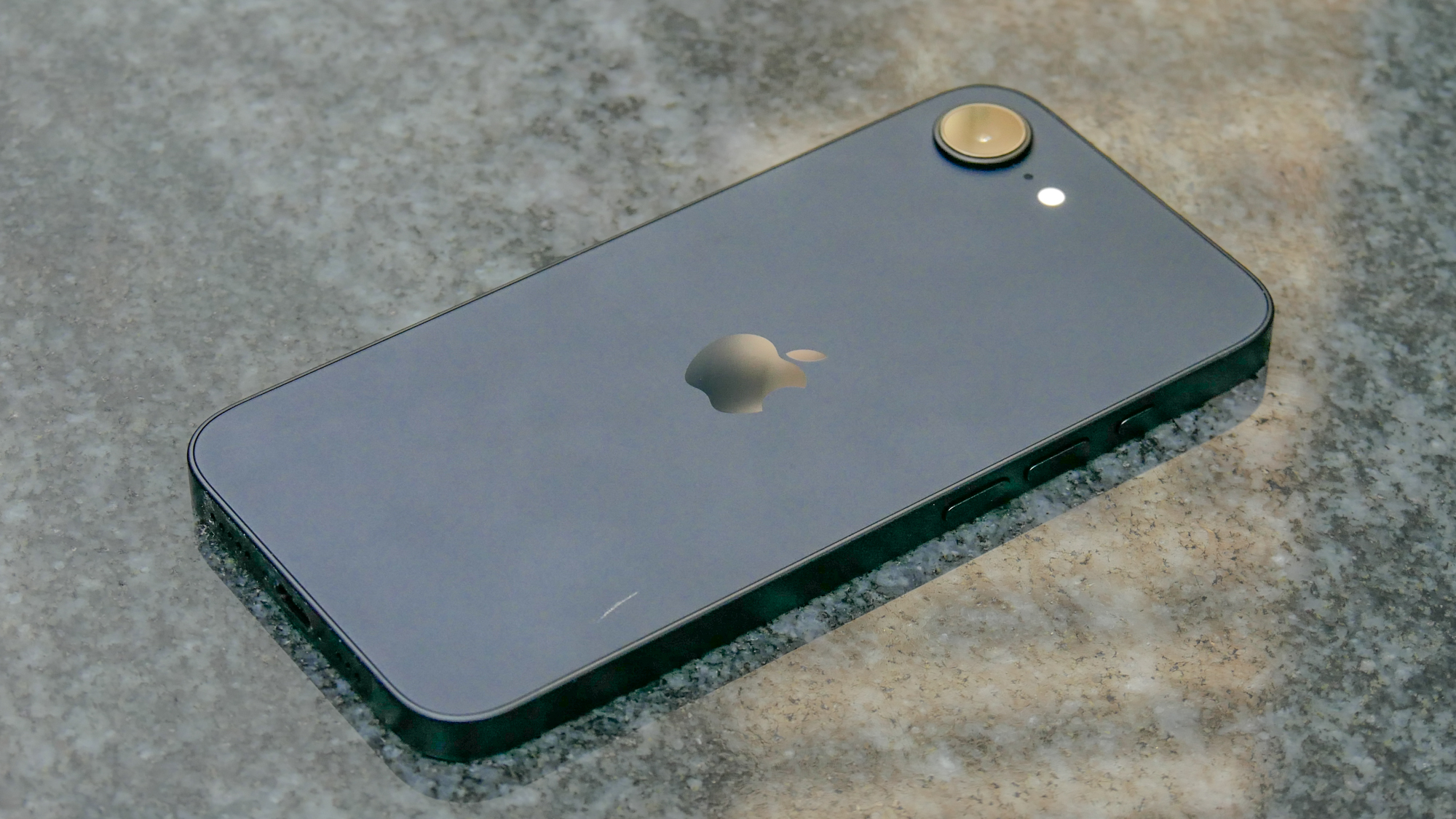
Specifications
Reasons to buy
Reasons to avoid
Who should get the iPhone 16e: People on a budget who won’t pay up for flagship iPhone models, but still want a phone capable of running Apple Intelligence.
What we think of the iPhone 16e: The iPhone SE (2022) was in dire need of an upgrade, and Apple responded by replacing it entirely. Goodbye, SE models — hello, iPhone 16e. This latest iPhone is less of a stripped-down version of Apple’s regular phones — there there are some key missing features — and more of an extension of 2024's iPhone 16 lineup.
The first thing you’ll notice is the iPhone 16e’s newer look — actually a bit of an old look, since it mimics the iPhone 14 right down to that phone’s notched display. (In other words, there’s no Dynamic Island feature on this model though that could change if a rumored iPhone 17e appears next year..) Apple throws in some modern touches, like an Action button you can use to trigger shortcuts, and the LCD panel from the iPhone SE is gone in favor of an OLED screen. The new display is certainly brighter than its predecessor’s, though not as bright as the other iPhone 16 screens according to our light meter testing.
The best change to the iPhone 16e is that it uses an A18 chipset, just like the rest of the iPhone 16 lineup, though its version has one less GPU core than the A18 silicon found in the iPhone 16 and iPhone 16 Plus. That meant slightly lower gaming benchmarks for the iPhone 16e, though my colleague John Velasco found that the lower-cost iPhone could easily handle demanding games like Asphalt Legends.
More important than performance, the A18 chipset allows the iPhone 16e to run Apple Intelligence features, making it the most affordable phone to support Apple’s evolving AI tools. That includes Visual Intelligence, where you can use the iPhone 16e camera to look up information on whatever you point the lens at. And with iOS 26 now available, the iPhone 16e picks up the new AI features in that update, too.
As with the iPhone SE, you still get a single rear camera lens with the iPhone 16e, though the 48MP sensor has the ability to mimic 2x zooms — and quite well, based on our testing of the camera lens. In fact, the iPhone 16e camera produced better shots on average than the Pixel 8a when John compared the two camera phones in a 200-photo shootout between the two phones. That's impressive given the Pixel 8a's status as the best camera phone under $500.
The iPhone 16e supports wireless charging, though it lacks MagSafe magnets for a secure fit with compatible accessories. (Picking up one of the best iPhone 16e cases with MagSafe compatibility takes care of that problem.) But for me, the biggest downside to the new phone is its higher $599 price. That's only $100 less than the iPhone 16, now that Apple dropped the price on the older model. And if you can swing an extra $200, you could have a more full-featured iPhone 17.
Still, if you can't or won't pay more than $600 for a phone, the iPhone 16e will fit your budget and offer some nice features to boot.
Read our full iPhone 16e review.
Best iPhone discount

Specifications
Reasons to buy
Reasons to avoid
Who should get the iPhone 16: If you're not impressed by the iPhone 17 updates, this model is available at a discount.
What we think about the iPhone 16: The flurry of additions Apple made to the iPhone 17 make the iPhone 16 a tougher sell — especially since the new model offers double the storage for what had been the iPhone 16's old starting price. But some people can't pass up a discount, and for them, the now $699 iPhone 16 offers a cheaper (if not the cheapest way) to get an Apple Intelligence-ready phone.
Since Apple didn't add AI-specific features to the iPhone 17 lineup, the iPhone 16 would offer the same software experience, especially since it runs iOS 26. So that's something you wouldn't have to sacrifice to enjoy the iPhone 16.
You won't get the upgraded ultrawide camera that comes with the iPhone 17, but Apple did make improvements to the iPhone 16's camera setup a year ago, letting you take macro photos with the ultrawide lens. The results look pretty detailed to my eye. The iPhone 17's A19 chipset is a better performer, but the A18 powering the iPhone 16 is no slouch, and battery life gains weren't substantial year over year.
Our iPhone 17 vs. iPhone 16 comparison details all that's different between these two models. And it can help you figure out if saving $100 off the cost of the newest iPhone is worth it.
Read our full iPhone 16 review.
More screen for less
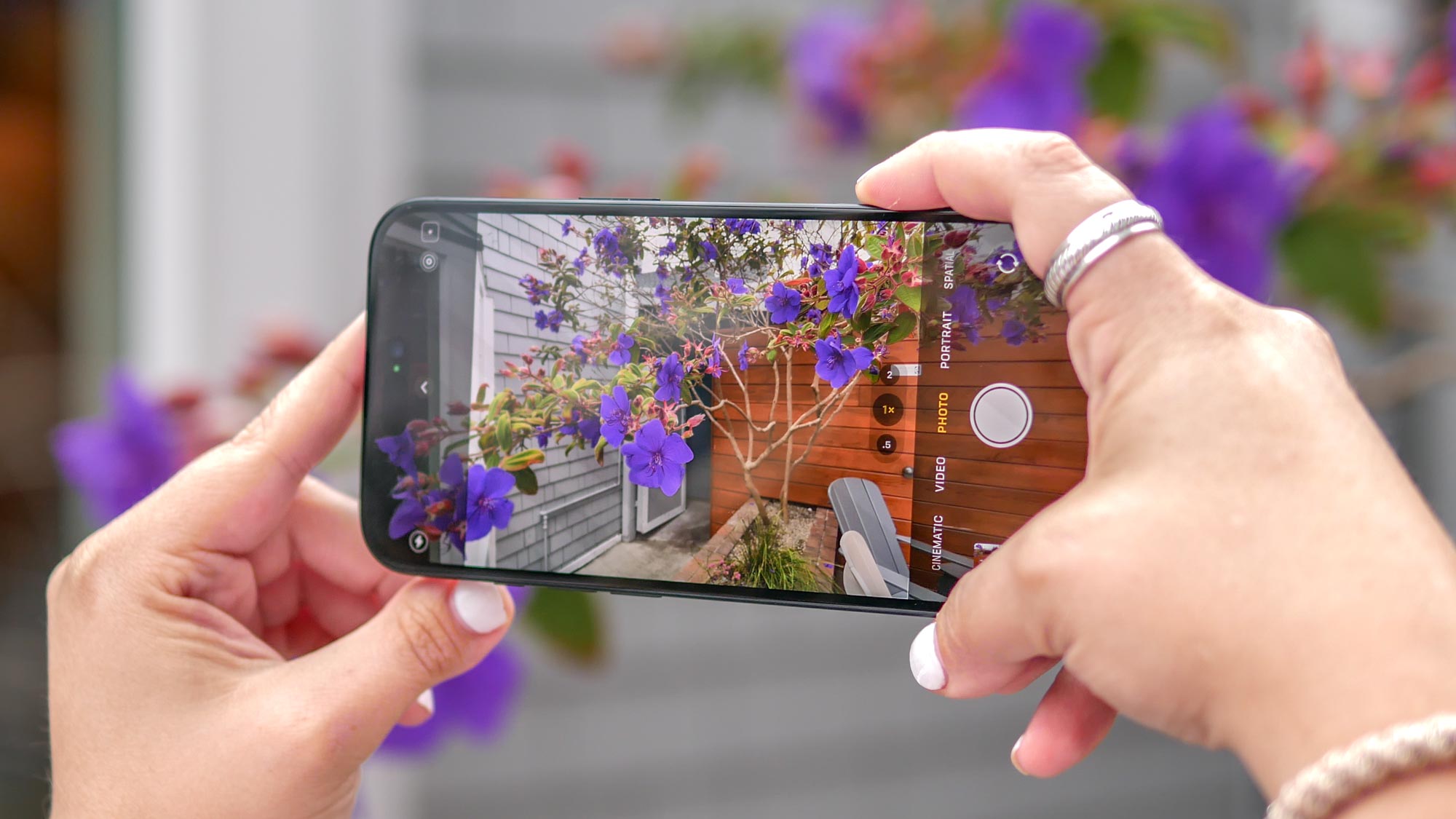
Specifications
Reasons to buy
Reasons to avoid
Who should get the iPhone 16 Plus: Big-screen phone fans who appreciate the lower price on the older Plus.
What we think about the iPhone 16 Plus: Like the iPhone 16, the iPhone 16 Plus remains a part of Apple's lineup at a reduced price. Unlike the iPhone 16, there's no new model to compare the Plus to — Apple replaced this model with the iPhone Air.
That leaves the iPhone 16 Plus as the remaining big-screen option for people who don't want to pay up for the $1,199 iPhone 17 Pro Max. The iPhone Air costs more than the now-$799 iPhone 16 Plus and its 6.5-inch panel isn't as big as the 6.7-inch screen on Apple's older phone. Sadly, the iPhone 16 Plus still has that 60Hz refresh rate, and not the 120Hz adaptive rates featured on the newer models.
I find the 6.7-inch OLED panel on the iPhone 16 Plus plenty big for watching videos, playing games and serving a view finder when I'm taking photos. The cameras also perform well, and there's a lot of room inside for a long-lasting battery. The iPhone 16 Plus lasts much longer on our battery test than both the iPhone 17 and iPhone Air.
If a big screen and big battery life are high on your wish list, the iPhone 16 Plus looks a lot more compelling even if it isn't the latest and greatest iPhone model.
Read our full iPhone 16 Plus review.
iPhone 17 models compared

If you need more help trying to sort out all the different iPhone 17 models, here's a breakdown on how each phone compares in terms of specs.
iPhone 17 | iPhone Air | iPhone 17 Pro | iPhone 17 Pro Max | |
Starting price | $799 / £799 / AU$1,399 | $999 / £999 / AU$1,799 | $1,099 / £1,099 / AU$1,999 | $1,199 / £1,199 / AU$2,199 |
Display | 6.3 inches | 6.5 inches | 6.3 inches | 6.9 inches |
CPU | A19 | A19 Pro (5-core GPU) | A19 Pro (6-core GPU) | A19 Pro (6-core GPU) |
Storage | 256GB, 512GB | 256GB, 512GB, 1TB | 256GB, 512GB, 1TB | 256GB, 512GB, 1TB, 2TB |
Rear cameras | 48MP main, 48MP ultrawide | 48MP main | 48MP main, 48MP ultrawide, 48MP 4x telephoto | 48MP main, 48MP ultrawide, 48MP 4x telephoto |
Front camera | 18MP | 18MP | 18MP | 18MP |
Colors | Lavender, Sage, Mist Blue, White, Black | Sky Blue, Space Black, Cloud White, Light Gold | Silver, Cosmic Orange, Deep Blue | Silver, Cosmic Orange, Deep Blue |
Battery life (rated) | 30 hours | 27 hours video | 33 hours video | 39 hours video |
Size | 5.89 x 2.81 x 0.31-inches (149.6 x 71.5 x 7.95mm) | 6.2 x 2.9 x 0.22 inches (156.2 x 74.7 x 5.64 mm) | 5.9 x 2.8 x 0.34-inches (150 x 71.9 x 8.75mm) | 6.4 x 3.0 x 0.34-inches (163.4 x 78 x 8.75mm) |
Weight | 6.24 ounces (177 grams) | 5.82 ounces (165 grams) | 7.27 ounces (206 grams) | 8.22 ounces (233 grams) |
Best iPhones: Frequently asked questions
When will the next iPhones come out?
With the iPhone 17 launch done and dusted, we're through with iPhone launches in 2025. The next possibility would be the arrival of an iPhone 17e next year — something one rumor-monger claims will happen in May 2026.
Other than that, it's a matter of waiting for the fall 2026 iPhone launch event, which could bring successors to the current lineup. There's also the possibility of an iPhone Fold launching next year.
Which iOS version do the best iPhones run?
Goodbye, iOS 18 — hello, iOS 26. And now, you didn't sleep through eight years of iPhone software updates. Apple changed its software naming convention to move away from version numbers and toward release years.
iOS 26 launched on September 15, and we're expecting more updates throughout the remainder of 2025. As you'll see in my iOS 26 review, the biggest change has been a new interface called Liquid Glass, but there are other additions to existing apps and a few updated Apple Intelligence features.
iOS 26 has proven to be divisive, in part because of the interface changes — I admit I'm still getting used to Liquid Glass— and also because users who've upgraded have reported a dip in battery life. That's somewhat typical of iOS updates, though, and usually it's an issue that gets worked out by the time an updated version arrives.
How can I save money on an iPhone purchase?
These days, a lot of iPhone deals require you to trade in your current device to get a rebate that you can apply to the cost of your new phone. Buy one of the new iPhone 17 models directly from Apple, and you can get between $40 to $700 in credit when you trade in an older device. The more recent your phone, the higher trade-in value.
If you buy the base model iPhone unlocked from Apple, you needed to tack another $30 onto your cost — in other words, an unlocked iPhone 17 sells for $829 at Apple. That extra fee doesn't apply to the iPhone 17 Pro, iPhone 17 Pro Max or iPhone Air.
How to choose the best iPhone for you
When shopping for an iPhone, take stock of the features and capabilities that matter most to you. If battery life is especially important, seek out a larger iPhone, as they tend to have bigger batteries to match their screen size. What's more, because iOS is known to be generally efficient in terms of energy consumption, even the smaller models tend to last longer than average on a charge.
If you're basing your next iPhone purchase off camera quality, the top-tier Pro variants are easy recommendations, thanks to triple-lens designs that allow you to capture multiple different perspectives, from zoomed-out ultra wide-angle images to shallow depth-of-field portraits. They're also remarkably good in challenging lighting scenarios, like when shooting in a dimly-lit indoor space, or outdoors at night.
All that said, if price is king, and saving the absolute most on your next smartphone purchase is your top priority, you should have no reservations about nabbing either the iPhone 16e or an older model with a lower price tag. They may be on the cheaper side of Apple's range, but they're still made of flagship-quality materials, with enough power and performance to sustain years of use. iOS software updates, which are available to every model at the same time, generally provide five years of support, adding to the value of older models.
How we test iPhones
As with any smartphone we test at Tom's Guide, we evaluate iPhones for days in real-world use cases. We also benchmark Apple's phones using a gamut of performance-measuring apps that allow us to compare iPhone performance to what Android devices are capable of. In addition to synthetic benchmarks, we also run real-world tests, including a video transcoding test in Adobe Premiere Rush that compares the iPhone's processing speed with other devices.
| Row 0 - Cell 0 | Geekebench 6 score (single-core/multicore) | 3DMark Solar Bay Unlimited (frames per second) |
iPhone 17 Pro Max | 3,871 / 9,968 | 46.6 |
iPhone 17 | 3,701 / 9,460 | 39 |
iPhone 17 Pro | 3,834 / 9,988 | 46.4 |
iPhone Air | 3,723 / 9,665 | 29.5 |
iPhone 16e | 3328 / 8132 | 19 |
iPhone 16 | 3301 / 8033 | 25.8 |
iPhone 16 Plus | 3302 / 8042 | 26.2 |
In our lab, we use a light meter to ascertain display quality data, like brightness and color accuracy to help us evaluate the display of the best iPhones.
| Row 0 - Cell 0 | Brightness (HDR) | Color (DCI-P3) | Accuracy (Delta-E) |
iPhone 17 Pro Max | 1,899 nits | 77.6% | 0.26 |
iPhone 17 | 1,505 nits | 80.2% | 0.20 |
iPhone 17 Pro | 1,555 nits | 80.2% | 0.23 |
iPhone Air | 1,678 nits | 77.6% | 0.27 |
iPhone 16e | 1,028 nits | 90.2% | 0.26 |
iPhone 16 | 1348 nits | 79.5% | 0.27 |
iPhone 16 Plus | 1458 nits | 79.4% | 0.25 |
Our proprietary battery test determines longevity on a charge by endlessly streaming webpages over an LTE network; we then recharge the iPhones to see how quickly they charge in 15-minute intervals.
| Row 0 - Cell 0 | Battery life (Hrs:Mins) |
iPhone 17 Pro Max | 17:54 |
iPhone 17 | 12:47 |
iPhone 17 Pro | 15:32 |
iPhone Air | 12:02 |
iPhone 16e | 12:41 |
iPhone 16 | 12:13 |
iPhone 16 Plus | 16:29 |
To compare cameras, we take any iPhone we review out and shoot photos in a variety of settings. We also bring along a comparable smartphone to see how the iPhone's photographic output measures up.
We explore Apple's iOS improvements, test gaming performance and evaluate the phone's speakers — and each of these factors play a part in our final verdict.
Get instant access to breaking news, the hottest reviews, great deals and helpful tips.
Philip Michaels is a Managing Editor at Tom's Guide. He's been covering personal technology since 1999 and was in the building when Steve Jobs showed off the iPhone for the first time. He's been evaluating smartphones since that first iPhone debuted in 2007, and he's been following phone carriers and smartphone plans since 2015. He has strong opinions about Apple, the Oakland Athletics, old movies and proper butchery techniques. Follow him at @PhilipMichaels.

